Illustrators Susan and Allen Crawford founded Plankton Art Company in 1996. Elusive Muse is pleased to present an exclusive interview with Susan, followed in the near future with an interview with her husband Allen.
As an illustrator, artist, and designer, Susan Crawford has worked on a wide array of creative projects: advertising campaigns, editorial illustrations, animations, packaging, product design, logos, and gallery shows.
Susan and Allen’s most notable joint project to date is their series of 400 identification key illustrations for the Milstein Hall of Ocean Life at the American Museum of Natural History. Their keys are on permanent display.
CLIENTS: The Smithsonian’s National Zoo, Toys R Us, Hershey’s, Discovery.com, E! Online, Knopf, A&W, Mambo, Hartz, Art With Heart, The American Museum of Natural History, Bell Helmets, Target, Ride Snowboards, Crayola, and Comedy Central.
To learn more about Susan visit her website at www.susancrawfordillustration.com
©2015, All Rights Reserved, Susan Crawford
And now for our exclusive interview with Susan Crawford
How would you describe your art?
I work in a number of different styles depending on what the project requires, but primarily I work in a kind of mid-century style. It has a very clean and graphic look about it, and I
tend to incorporate gestalts within my illustrations.
How long have you been an artist and how did you become an artist?
Professionally, I’ve been working as an illustrator and designer since 1989. Although I was always creative, I didn’t believe I could actually make a living as an artist or even know anyone who was an artist. It seemed to be something you did in your spare time. In college I hoped to get a degree in something a bit more practical, like marine biology or paleontology. About the same time I hit my brick wall with chemistry, I discovered graphic design and realized it could take me where I wanted to go. I made a list of clients I wanted to work for and began building my portfolio with work that would attract clients in need of children’s products, animals themes, patterns and designs.
What is your favorite medium and why?
That’s a tough one. Acrylics are always a pleasure to work with. I love laying down delicate lines and watching the image emerge through blocks of color and eventually take its final form. But at the moment, I would have to say linoleum block prints. It’s quite satisfying to carefully carve into one of those blocks, ink it up and print it on some really lovely handmade paper. I guess in this way I’m feeding both my inner paleontologist and German heritage.
Pick one work of art from your portfolio and tell us the story behind it. Why does this piece have meaning to you? What steps did you take to create the piece?
One of my favorites is “Amphitrite”. I wanted to create an image that invokes the thriving life of the ocean as it emerges from the Greek goddess, Amphitrite. My husband and I have seen glorious wonders diving in Australia, South Africa, Belize and even wreck dives off the New Jersey coast. I hoped to capture the undulating rhythms of those varied forms that always brought such joy to me by way of color and negative space.

Tell us about one medium, technique or style that you would like to try working with (that you have not tried before) and why you would like to try this.
I’ve enjoying exploring many mediums, techniques, and styles over the years, but I would really like to try my hand at portraits. Sometimes I see a person arranged in a setting or dressed in an interesting color combination, and I often think how I would like to capture them. Of course, I think it might terrify me to do a friend’s portrait. The fear being I would only reproduce their image, but not their essence.
How do you make time for art?
It’s not really a choice, it’s a need. My clients keep me pretty busy and there’s always a need for a pro-bono project for a children’s charity or animal shelter. It’s not unusual to put in a 90 hour week when the work is brisk. Sometimes, it can be hard to find the time to explore new directions and techniques. I find that even at the end of an intense work period, I get antsy for new projects and if they don’t come along, I’ll start them myself.
If you could imagine the “perfect art day” for yourself, what would it be like?
I’m fortunate to have experienced many of these. The luxury of strolling unhurried through a gallery or museum with and allowing yourself to become soaked with the parade of color, forms, images, ideas and history. Then allowing those ideas to coalesce and set the seeds for new projects.
If you could spend 24 hours with one artist, living or historical, who would you want to spend the day with and why? What would the two of you do?
I think it would be fun to spend a day with illustrator Edward Gorey, who passed away in 2000. He was quite the rare bird. Although he lived as a hermit in Cape Cod, He welcomed fans who came to his door. We would most likely spend our day skulking about the darkened or desolate corners of his house and garden. In our large fur coats, we would scribbling bizarre stories or drawings accompanied by a string of him many cats. His stories and drawings are so delightfully dark and sinister, I can’t help but laugh at them.
Do you have any tips or advice for aspiring artists?
I believe having a well-rounded education in disciplines outside the art curriculum, allows an illustrator to better communicate their ideas. Having a firm knowledge of science, history and literature gives you a wider frame of reference to draw from, and often leads you to better solutions, not the obvious one that comes from lazy thinking.
I also think it’s a good idea for anyone entering the art field to remember it is a business, and you need to know how to take care of that business and yourself. Learn to read a contract and spot language that may take away your ownership rights without fair compensation. Keep your records organized. Make a habit of regularly putting income aside for a rainy day.
When dealing with clients, I try to see my role as a problem solver. If I can do it quickly, professionally with little effort on their end, I stand a good chance of them coming back with better assignments and more creative freedom.
Always give back to your community or a cause you believe in. You can do a lot of good donating a logo or t-shirt design to a charity. It helps raise not just awareness, but the funding needed to continue the charity’s mission.
Don’t give up when you’re struggling with a project. Remember that sometimes the best way around, is through. I often will come up with the solution I’m looking for, but only after hours and hours of lousy ideas and I’m too tired to over-think it.



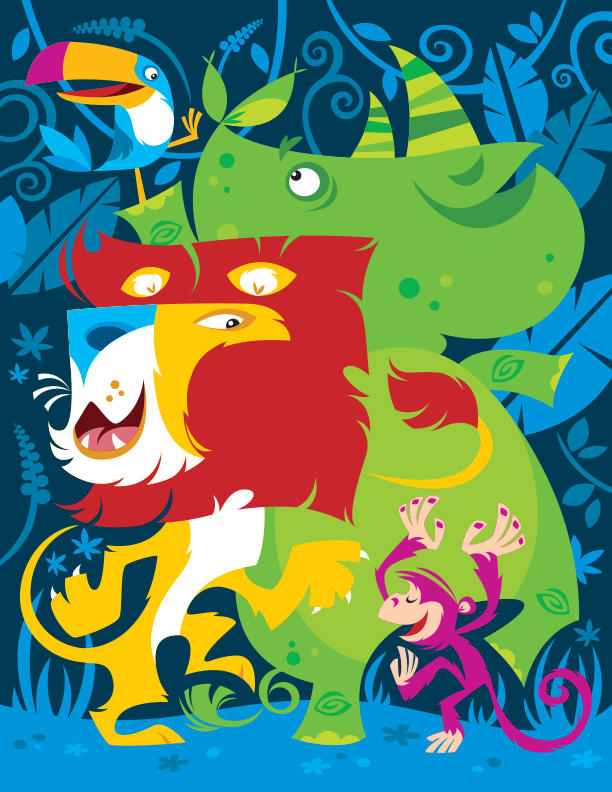
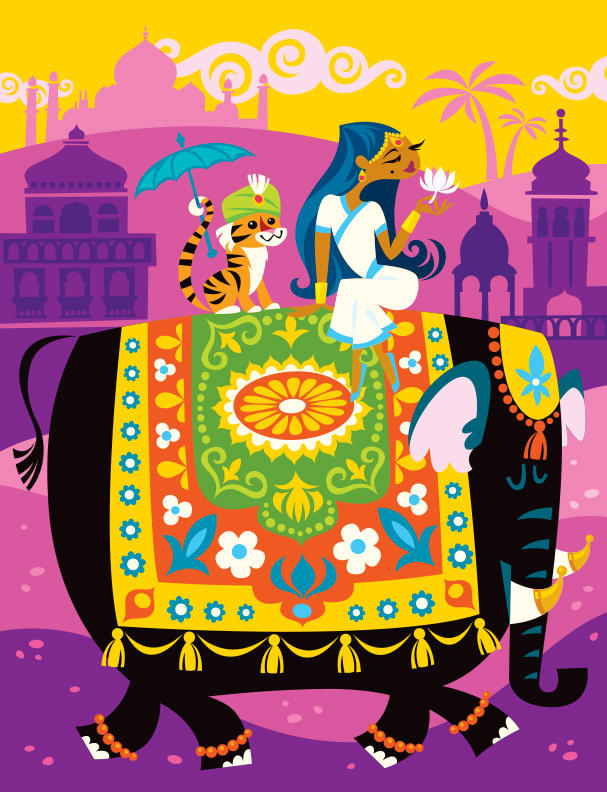
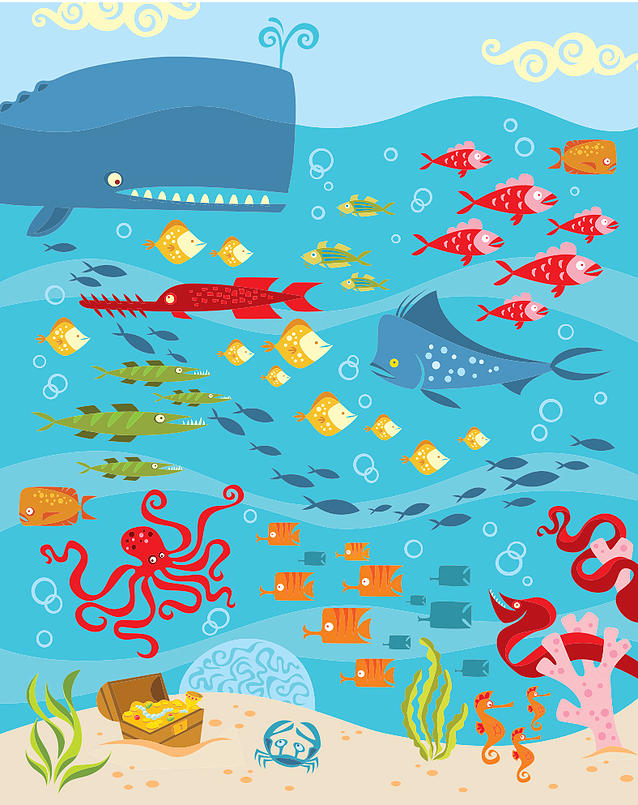
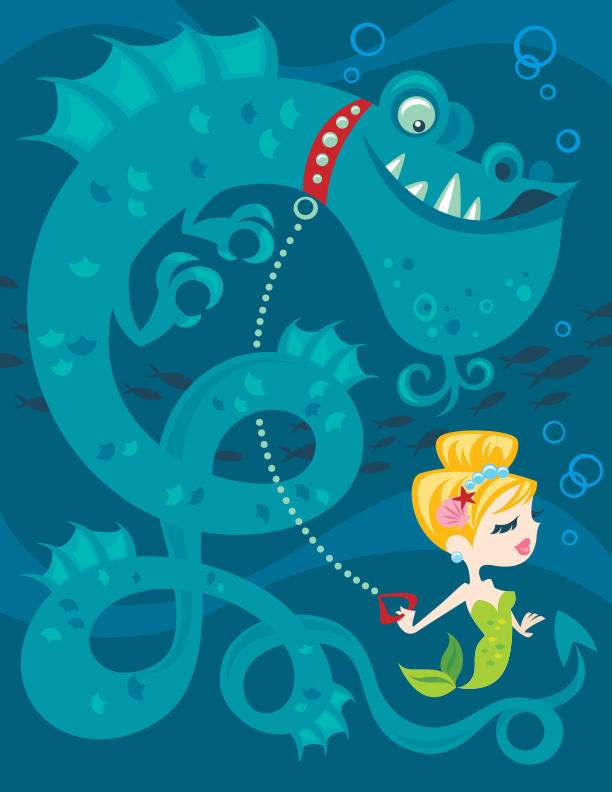
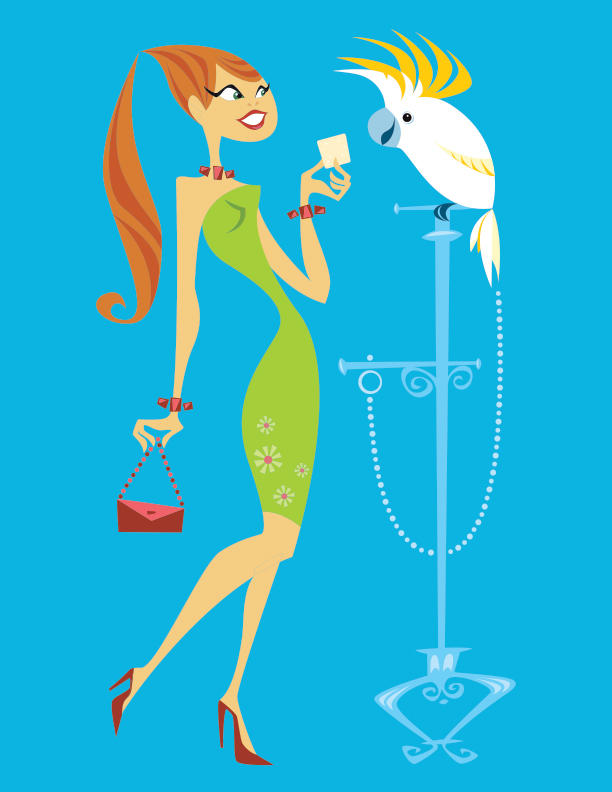



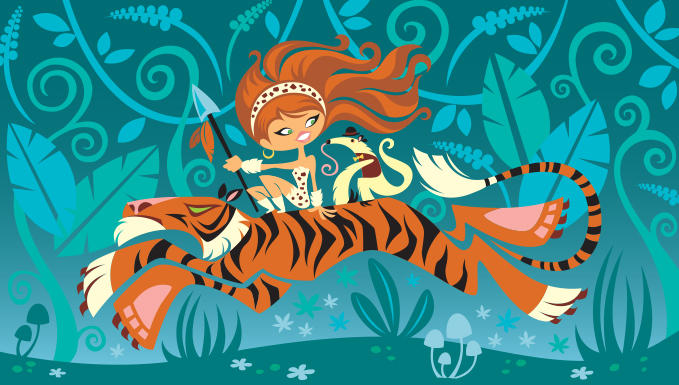
Wow! very cool!
Crisp, clean, colorful and entertaining! A joy to see!
Love this happy art! Susan is so very talented!